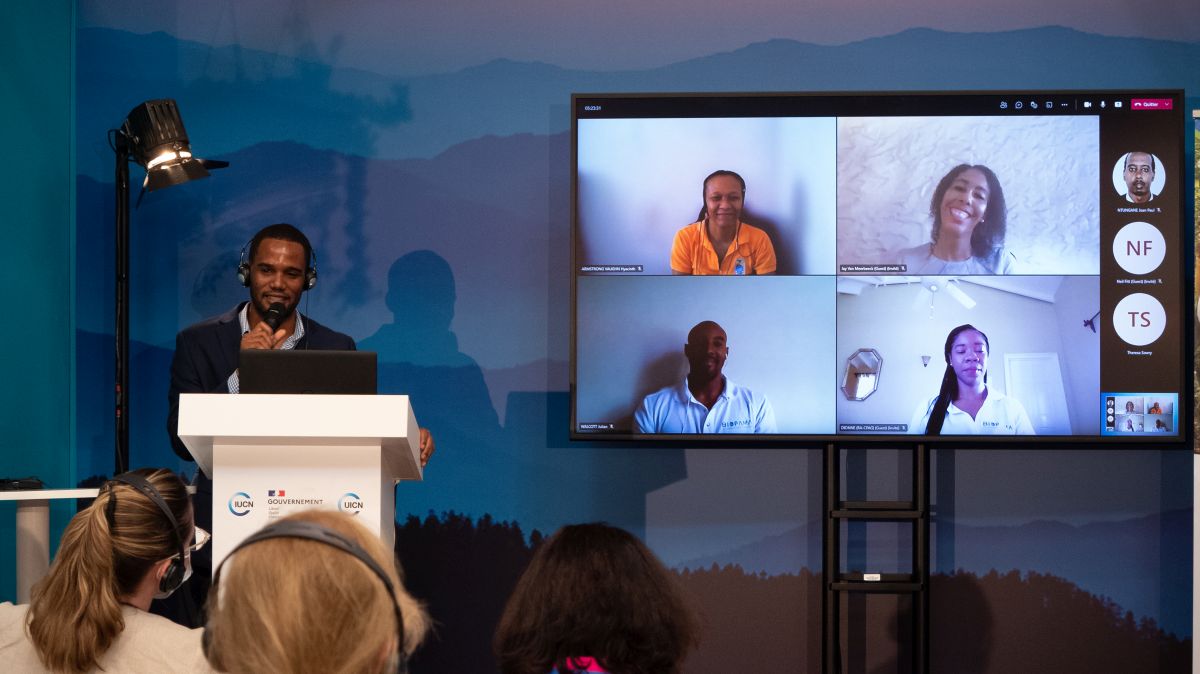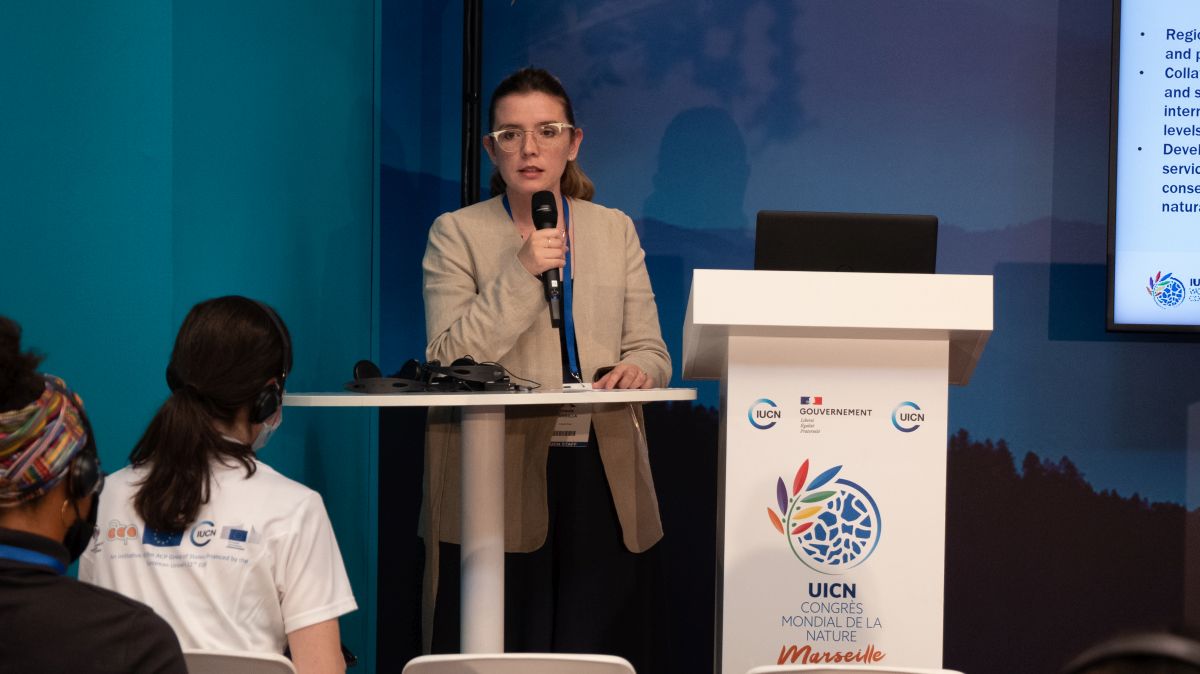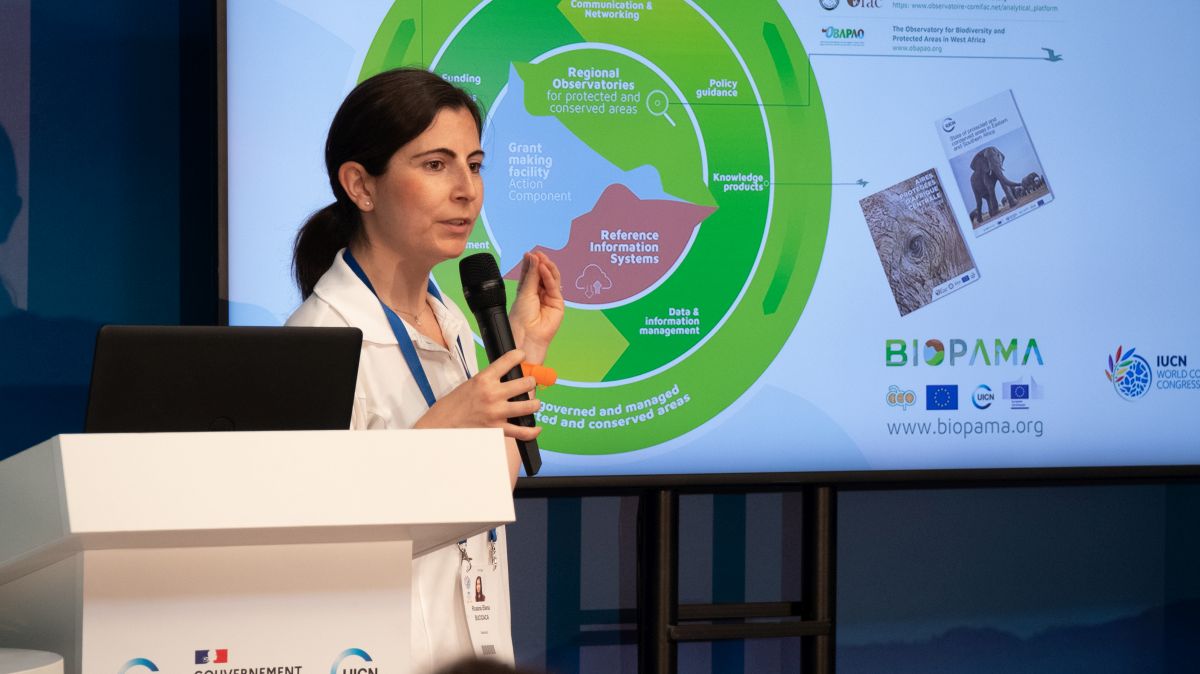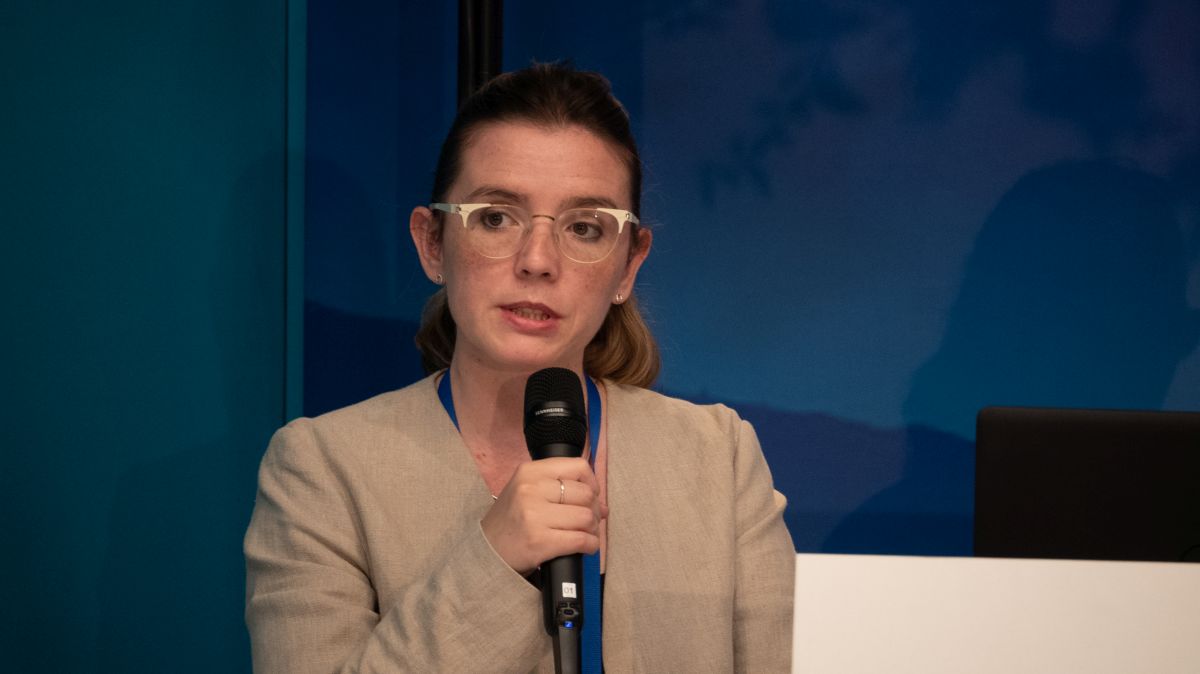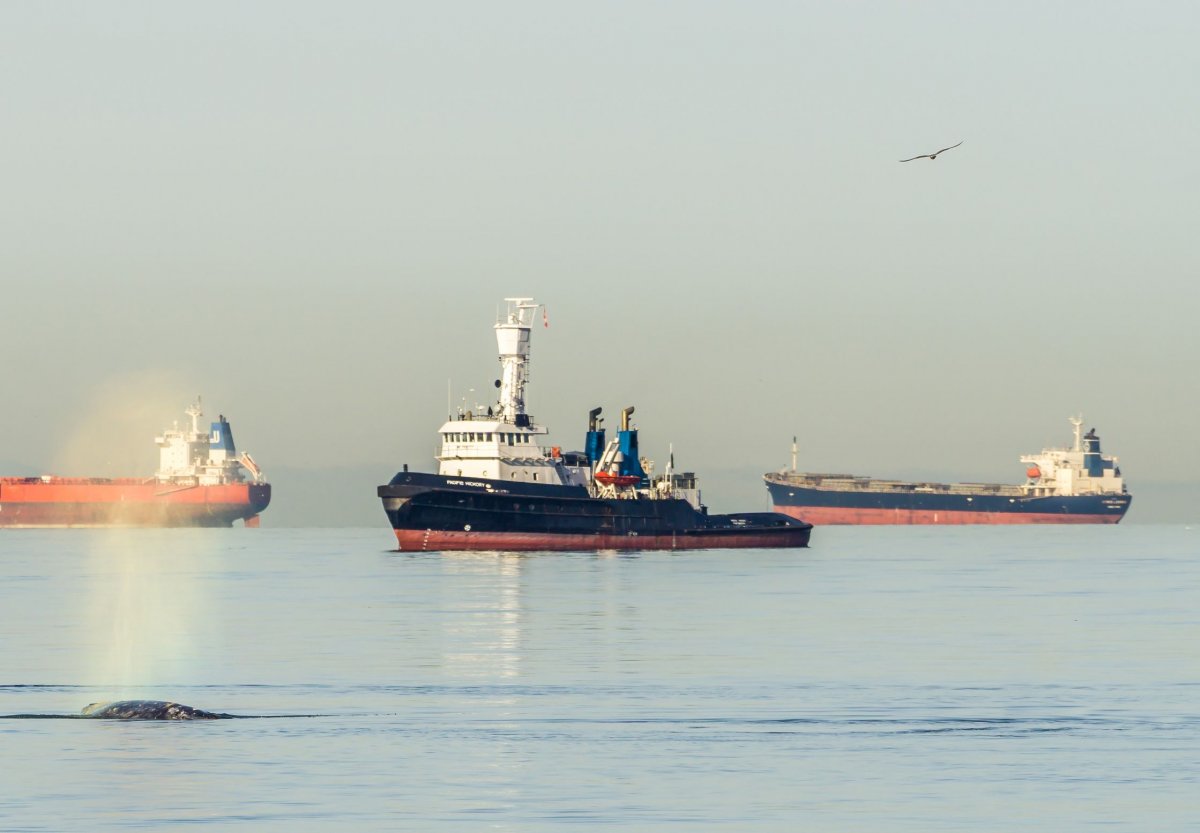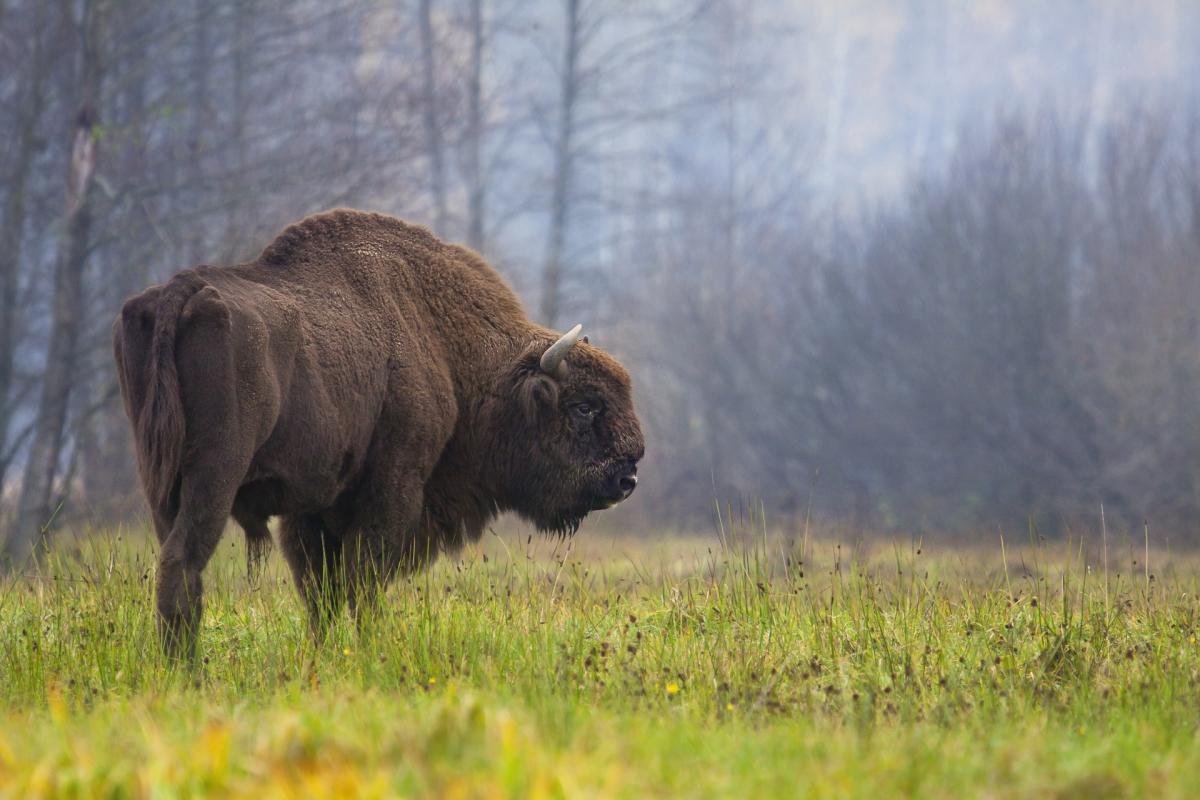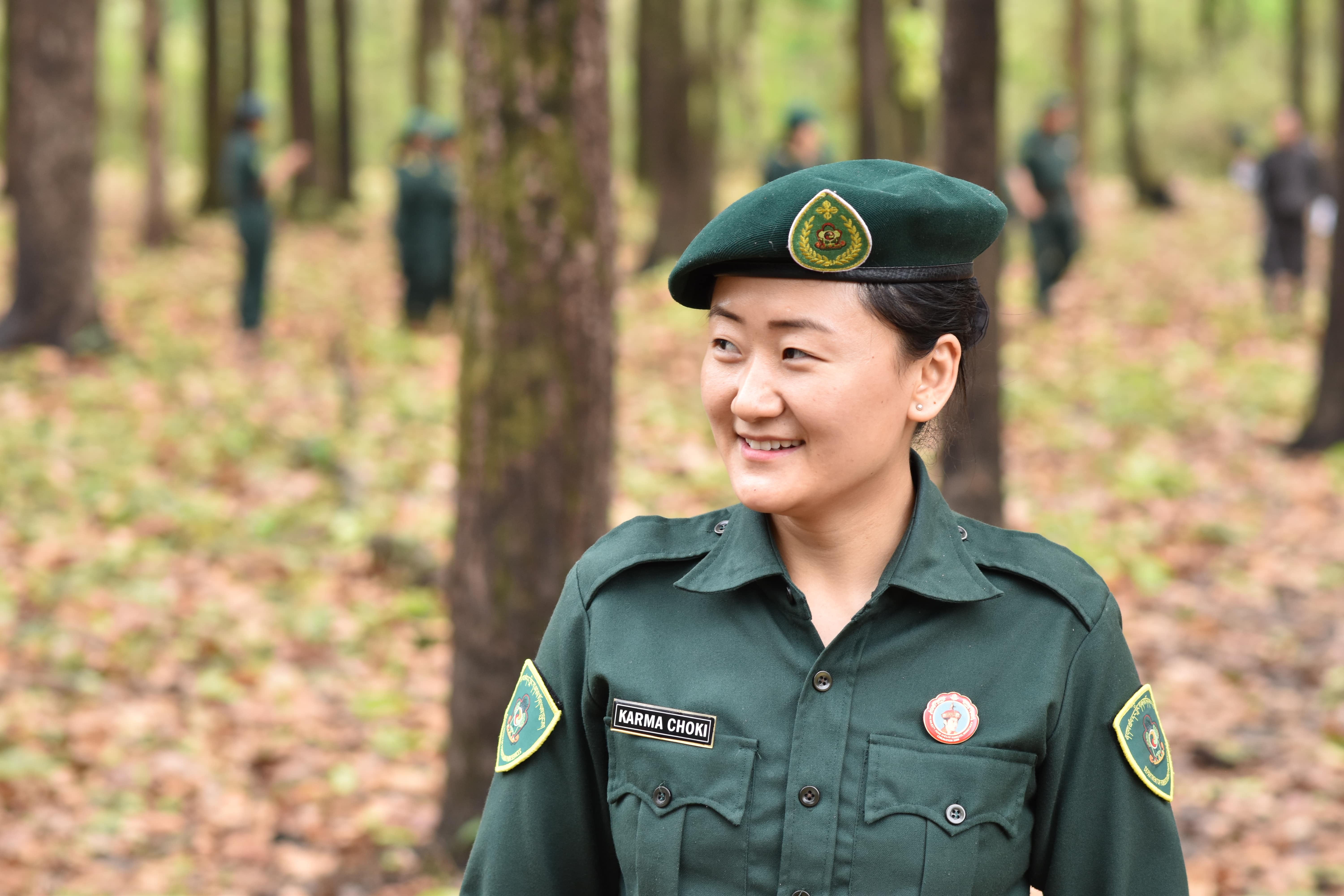Translating data to decisions - the Caribbean Protected Areas Gateway (CPAG)
Translating data to decisions - the Caribbean Protected Areas Gateway (CPAG) and the State of Protected and Conserved Areas in the Wider Caribbean was an event held as part of the IUCN World Conservation Congress in Marseille, France, at the Vital Sites for a Protected Planet Pavilion.
The event organised by the Biodiversity and Protected Areas Management (BIOPAMA) Programme and The Caribbean Protected Areas Gateway, was held on September 7th, to highlight the programme’s key products and their contribution to implementing the global agenda on conservation and development.
Ms. Úrsula Parilla, IUCN Regional Director for Mexico, Central America and the Caribbean, spoke about the BIOPAMA Programme’s Work across 15 Caribbean countries and the EUR 2.4M investment in the region through the Action Component benefiting nine countries with 26 approved grants.
The Regional Director mentioned that the BIOPAMA programme aims to increase the understanding of the Protected Area Management Effectiveness framework and tools across the region and facilitated 12 site assessments across five countries. She highlighted the development of a national tool for Saint Lucia and the Programme’s development of partnerships with other agencies.
Ms. Úrsula Parrilla highlighted the Caribbean Protected Areas Gateway (CPAG) as a regional resource hub for biodiversity and protected area data and information: “The Gateway is well placed to support countries in the management and use of biodiversity related data and information to inform decision making at national, regional and global levels”.
She also stated that this was especially significant for the discussions at the Congress in Marseille as it relates to the post-2020 global framework for biodiversity conservation, the SDG’s and how these contribute to overarching 2030 development agenda.
Dr Julian Walcott, Technical Officer, Caribbean Protected Areas Gateway, UWI, CERMES, shared through a video presentation how the CPAG can be used to track conservation targets. Julian highlighted the gateway`s CPAG`s aim to work with countries and agencies to input relevant indicators and associated data into the State Pressure Response framework.
“CPAG works with international, regional and national organisations to ensure the availability of the most accurate, up to date and pertinent data. It aims to provide data at scales that are relevant for decision making”, said Dr. Walcott.
Mrs Hyacinth Armstrong Vaughn, Regional Coordinator, BIOPAMA Programme (IUCN ORMACC) emphasized, “Data serves as a tool to measure the impact of the decisions that are made however it needs to be relevant and easily understood by those making the decisions.”
Mrs Armstrong Vaughn highlighted that the CPAG provides technical support to sites in conducting Protected Area Management Effectiveness Assessments through a process involving stakeholders. The CPAG uses report cards and story maps for sharing information. She also mentioned that the State of Protected and Conserved Areas in the Wider Caribbean (SOPACA) will be a regional assessment of protected areas that will provide a useful baseline for countries and the region to effectively gauge current performance in conserving and managing biodiversity and associated ecosystems of importance.
The Caribbean Protected Areas Gateway’s work of translating data to decisions is contributing to the achievement of the Sustainable Development Goals, specifically GOAL 14: Life Below Water and GOAL 15: Life on Land.
